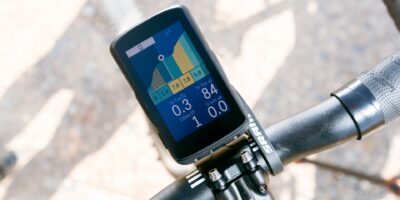Balancing the Bike
Begin by understanding the basic mechanics of a bicycle. The frame, wheels, handlebars, saddle, pedals, and brakes each serve a purpose. Find a flat, open area free of traffic. This space will allow you ample room to practice. Lower the seat so both feet can touch the ground comfortably when you are seated. This initial position helps with balance.
Start by walking the bike while holding onto the handlebars. This will help you get a feel for the bike’s weight and balance. Walk the bike back and forth several times. Progress by sitting on the saddle and pushing off with your feet to glide. This builds your sense of balance as the bike moves. Practice this for a while until you feel more stable.
Learning to Pedal
Once you feel comfortable balancing, it’s time to start pedaling. Position one pedal at the two-o’clock position. Push down on this pedal to generate movement. Simultaneously, lift the other foot and place it on the opposite pedal. As the bike starts moving, look ahead and not at the ground. Keep your upper body relaxed. Your movements should be smooth and controlled. Pedal at a steady pace. At first, you might need a gentle push from a friend or family member to get started.
Braking Basics
Understanding how to brake properly is crucial. Bikes typically have hand brakes, coaster brakes, or a combination of both. For hand brakes, squeeze the brakes gently without jerking. Apply the rear brake slightly before the front brake to avoid flipping over. For coaster brakes, pedal backward to initiate the braking mechanism. Practice braking in a controlled environment until it becomes intuitive.
Steering and Turning
Steering and turning are next. To steer, gently turn the handlebars in the direction you wish to go. Do not make sudden or sharp turns as a beginner. Gradually lean your body in the direction of the turn. This helps keep the bike balanced. Practice making wide turns to get comfortable with the amount of steering needed. With practice, you will gain confidence and fluidity in your movements.
Shifting Gears
If your bike has gears, learning to shift gears properly is essential. Gears make pedaling easier on different terrains. Lower gears are for uphill and high gears are for flat or downhill riding. Familiarize yourself with gear levers. They are typically located on the handlebars. Practice shifting gears while riding on a flat surface. Shift to a higher gear for more speed and a lower gear for more control.
Safety Precautions
Safety should always be a priority. Wear a properly fitted helmet at all times. Other protective gear such as knee and elbow pads are also advisable, especially for beginners. Inspect your bike regularly for any mechanical issues. Check the tire pressure, brake functionality, and chain condition. Always obey traffic rules and signals. Use hand signals to communicate with other road users.
Practice and Patience
Learning to ride a bike takes time and patience. Don’t get discouraged by falls or wobbles. Each ride helps build your skills and confidence. Set small, achievable goals for each practice session. Keep a relaxed mindset and enjoy the process. Riding a bike is not just a skill; it’s a lifelong enjoyment.
“`



Subscribe for Updates
Get the latest articles delivered to your inbox.
We respect your privacy. Unsubscribe anytime.